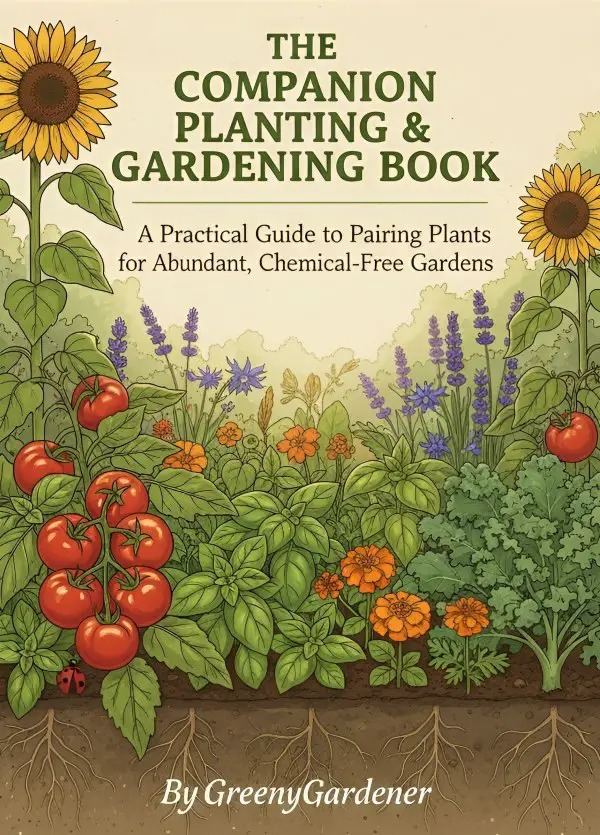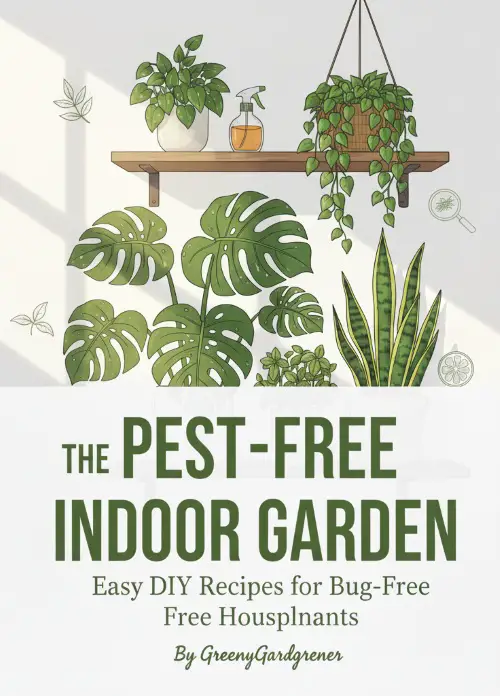How to Split a Hibiscus Plant: A Comprehensive Guide
Hibiscus plants, known for their large and colorful blooms, are a beautiful addition to any garden. Over time, hibiscus plants can grow quite large and may need to be divided to maintain their health and encourage further growth.
Splitting a hibiscus plant is an essential gardening technique that can rejuvenate an aging plant and create new plants for propagation. In this detailed guide, we will take you through each step of the process so that you can effectively split your hibiscus plant while ensuring its vitality and beauty for years to come.
What's On the Page
Why Split a Hibiscus Plant?
Splitting a hibiscus plant is a method used primarily for plant propagation and rejuvenation. When a hibiscus grows too large for its space or becomes overcrowded, it may show signs of stress, such as fewer blooms or weaker growth.
Dividing the plant not only helps it thrive but also gives you additional plants to expand your garden or share with fellow gardeners. Healthy hibiscus plants will often benefit from being divided every few years.
Some of the benefits of splitting hibiscus include:

🌿 The Companion Planting & Gardening Book (eBook)
Bigger harvests, fewer pests — natural pairings & simple layouts. $2.40
Get – $2.40
🪴 The Pest-Free Indoor Garden (eBook)
DIY sprays & soil tips for bug-free houseplants. $1.99
Get – $1.99- Preventing overcrowding: Over time, hibiscus plants can become too dense, restricting airflow and making them more susceptible to diseases and pests.
- Promoting better blooming: Dividing a large plant can stimulate new growth, leading to more vibrant blooms.
- Creating new plants: Splitting the plant allows you to propagate new hibiscus plants for your garden or for gifting.
When is the Best Time to Split a Hibiscus Plant?
Choosing the right time to divide your hibiscus is crucial for the success of the process. The best time to split a hibiscus plant is during its dormant period or when it is not actively blooming. Typically, this falls in early spring or late fall.
- Spring: Early spring, just before new growth begins, is an ideal time for splitting hibiscus. The plant is coming out of dormancy and will have time to establish itself before blooming.
- Fall: Late fall, after the blooming season has ended, is another good time. The plant will enter dormancy soon, allowing it to focus energy on root development rather than flower production.
Avoid splitting hibiscus plants during the peak of summer, as the stress of heat combined with root disruption can harm the plant.
Tools and Materials Needed
Before starting the process of splitting a hibiscus plant, it’s important to gather all the necessary tools and materials. This will ensure that the process goes smoothly and efficiently.
- Shovel or spade: A sturdy shovel will be required to dig up the plant.
- Garden fork: Useful for loosening the soil around the plant.
- Sharp knife or pruning shears: You’ll need a sharp tool to carefully divide the root ball.
- Garden gloves: Protect your hands from dirt and sharp tools.
- Compost or organic mulch: Helps improve soil quality and provides nutrients for the newly divided plants.
- Watering can: To keep the soil moist during and after the transplanting process.
How to Split a Hibiscus Plant: Step-by-Step Instructions
1. Prepare the Hibiscus Plant for Splitting
Before you begin splitting, water the hibiscus plant thoroughly the day before. This helps to soften the soil, making it easier to work with, and ensures that the plant is well-hydrated, reducing shock.
2. Dig Up the Hibiscus Plant
Using a shovel or spade, dig around the base of the hibiscus plant, starting about 12 to 18 inches away from the stem to avoid damaging the roots. Gently lift the plant from the ground by working your way around the perimeter until you can carefully lift the entire root ball out of the soil.
3. Loosen the Soil and Roots
Once the plant is out of the ground, use a garden fork to gently loosen the soil around the root ball. Carefully shake off excess soil, but be cautious not to damage the roots in the process. You want the root system to be as intact as possible.
4. Divide the Root Ball
Using a sharp knife or pruning shears, carefully split the root ball into two or more sections, depending on the size of your original plant. Each section should have a healthy portion of roots and some stems. Take care to make clean cuts, as ragged edges can invite disease.
5. Replant the Divided Sections
After dividing the plant, it’s time to replant each section. Choose a well-draining location that receives plenty of sunlight. Dig a hole that is slightly larger than the root ball of the divided section. Place the plant into the hole, ensuring that the roots are spread out and the plant sits at the same depth it was previously planted.
6. Water and Mulch
Water each newly planted section thoroughly to help the roots settle. Add a layer of compost or organic mulch around the base of the plant. This will help retain moisture and protect the plant during its establishment phase.
Post-Division Care for Hibiscus Plants
The care you give to the newly divided hibiscus plants is crucial to their recovery and future growth. Here are some essential tips for post-division care:
- Watering: Keep the soil consistently moist, especially during the first few weeks after splitting. However, avoid waterlogging the soil, as hibiscus plants do not tolerate soggy conditions.
- Fertilizing: After the plants have had a few weeks to settle in their new location, apply a balanced fertilizer to promote root growth and flowering. Opt for a slow-release fertilizer for the best results.
- Pruning: If needed, lightly prune the hibiscus plants to encourage bushier growth and remove any damaged branches. Be sure not to over-prune, as the plant will need energy to re-establish its roots.
Common Mistakes to Avoid
Splitting a hibiscus plant may seem straightforward, but there are some common mistakes to watch out for:
- Dividing at the wrong time: Always split the plant during its dormant phase (early spring or late fall) to avoid unnecessary stress on the plant.
- Overwatering: After dividing, the roots need moisture but should not sit in soggy soil, which can lead to root rot.
- Not protecting the roots: When dividing, ensure that each section of the plant has enough roots to support new growth. Cutting off too many roots can lead to plant failure.
Conclusion
Splitting a hibiscus plant is a rewarding process that not only revitalizes an overgrown or struggling plant but also allows you to propagate more plants for your garden.
By following the steps outlined above, you can successfully divide your hibiscus and enjoy healthy, blooming plants for years to come. Remember to give your newly divided plants the right care to help them establish and thrive in their new locations.
- How To Make Homemade Compost – The Ultimate Guide To Rich Soil - December 17, 2025
- Bushy Plants Name – Your Ultimate Guide To Cultivating Full, - December 17, 2025
- Plants And Bushes That Grow In Shade – Transform Tricky Spots Into - December 17, 2025
